Los Angeles County — A school-aged child in Los Angeles County has died from subacute sclerosing panencephalitis (SSPE), a rare but fatal neurological complication that can develop years after a measles infection. The child had contracted measles as an infant, before becoming eligible for the measles, mumps, and rubella (MMR) vaccine.
What Is SSPE and How Did It Unfold
- SSPE is a progressive brain disorder caused by the measles virus that remains in the brain after the initial infection. Although the child had initially appeared to fully recover from measles, SSPE developed later and led to neurological decline.
- The disorder typically manifests two to ten years after measles infection and is characterized by symptoms such as seizures, muscle spasms, a decline in motor skills and cognition, mood disturbances, vision problems, and eventually coma. There is no cure, and once diagnosed, SSPE is almost always fatal within one to three years.
Why This Case Is Especially Concerning
- Infants infected with measles before they can receive vaccination are at far greater risk. In such cases, SSPE risks are significantly elevated — estimates suggest that while the condition occurs in about one in ten thousand measles cases generally, the risk jumps to about one in six hundred when infection occurs during infancy.
- Measles is highly contagious, and infants do not have access to vaccination until around 12-15 months old. This makes community immunity crucial in protecting them.
Broader Context: Measles Resurgence
- The United States is currently experiencing a marked increase in measles cases, reaching levels not seen in more than three decades. Most measles infections are occurring among unvaccinated individuals or those with unknown vaccination status.
- Health officials are urging all eligible individuals to ensure their MMR vaccinations are up to date. The recommended schedule is one dose at 12-15 months of age and a second dose between 4 and 6 years.
Key Messages from Health Authorities
- The SSPE case is a stark reminder that measles is not just a short-term illness; severe long-term consequences are possible, even after recovery.
- Vaccination remains the only effective prevention for SSPE, since SSPE can only arise from actual measles infection—not from vaccines.
- Protecting infants and others who are too young or unable to be vaccinated depends heavily on high vaccination rates across the community.
What to Watch For
- Be alert for symptoms of measles: high fever, cough, runny nose, red eyes, and rash. If someone has these signs, especially in areas with outbreaks, they should seek medical advice promptly.
- Watch for early warning signs of SSPE in children who had measles early in life, particularly if they begin exhibiting neurological symptoms after an apparently full recovery.
Bottom Line:
This tragic case underlines the danger posed by measles in our current environment—with falling vaccination rates, infants and children may face serious risks, including rare but deadly complications like SSPE. The case highlights just how important widespread vaccination and community immunity are for protecting vulnerable populations.

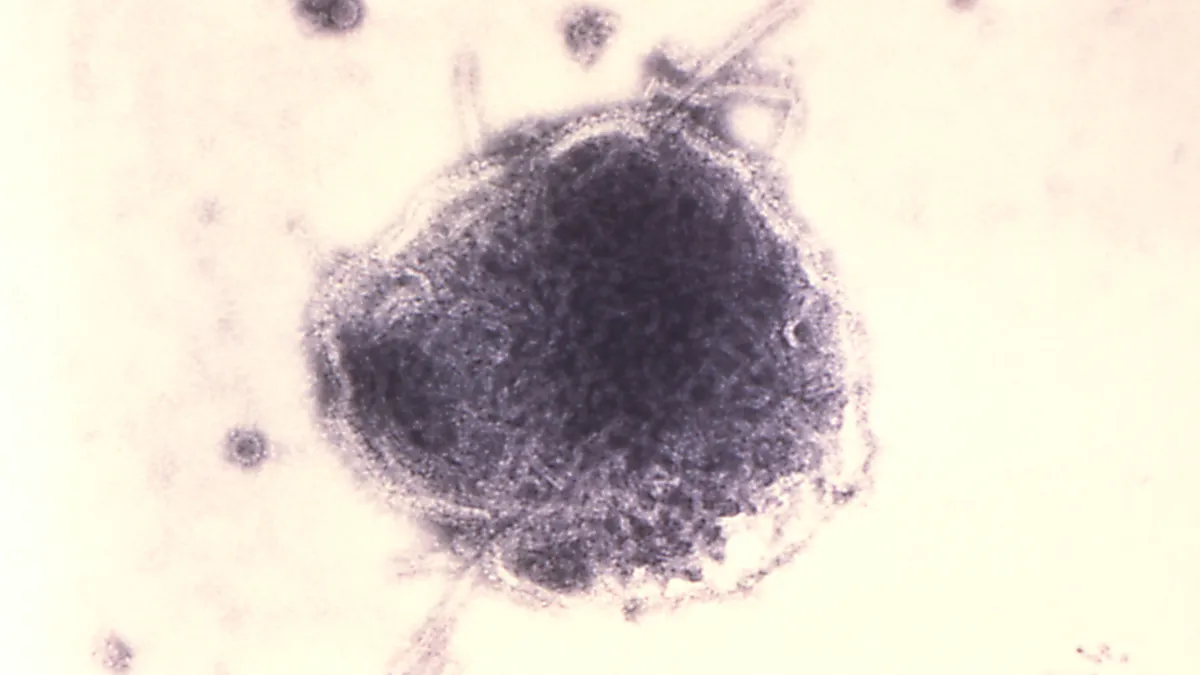



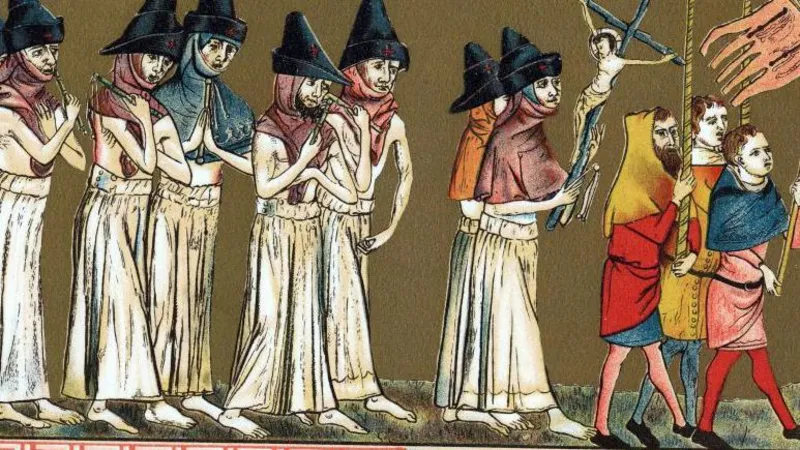
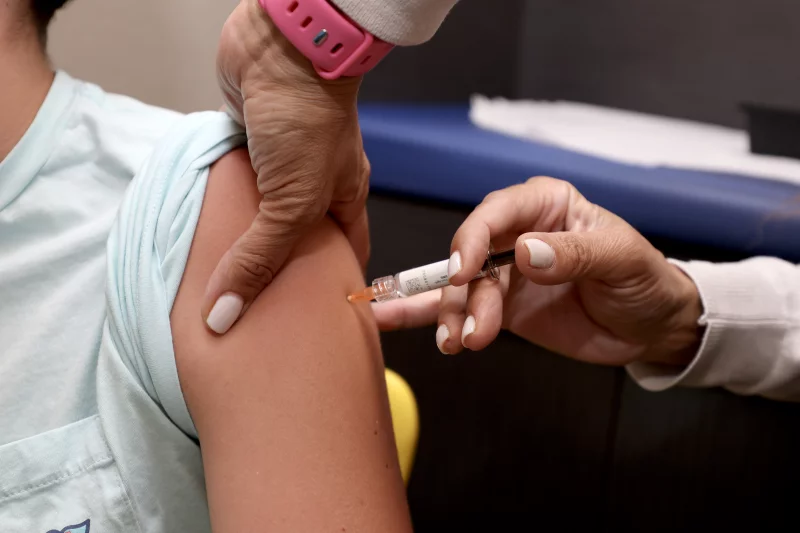
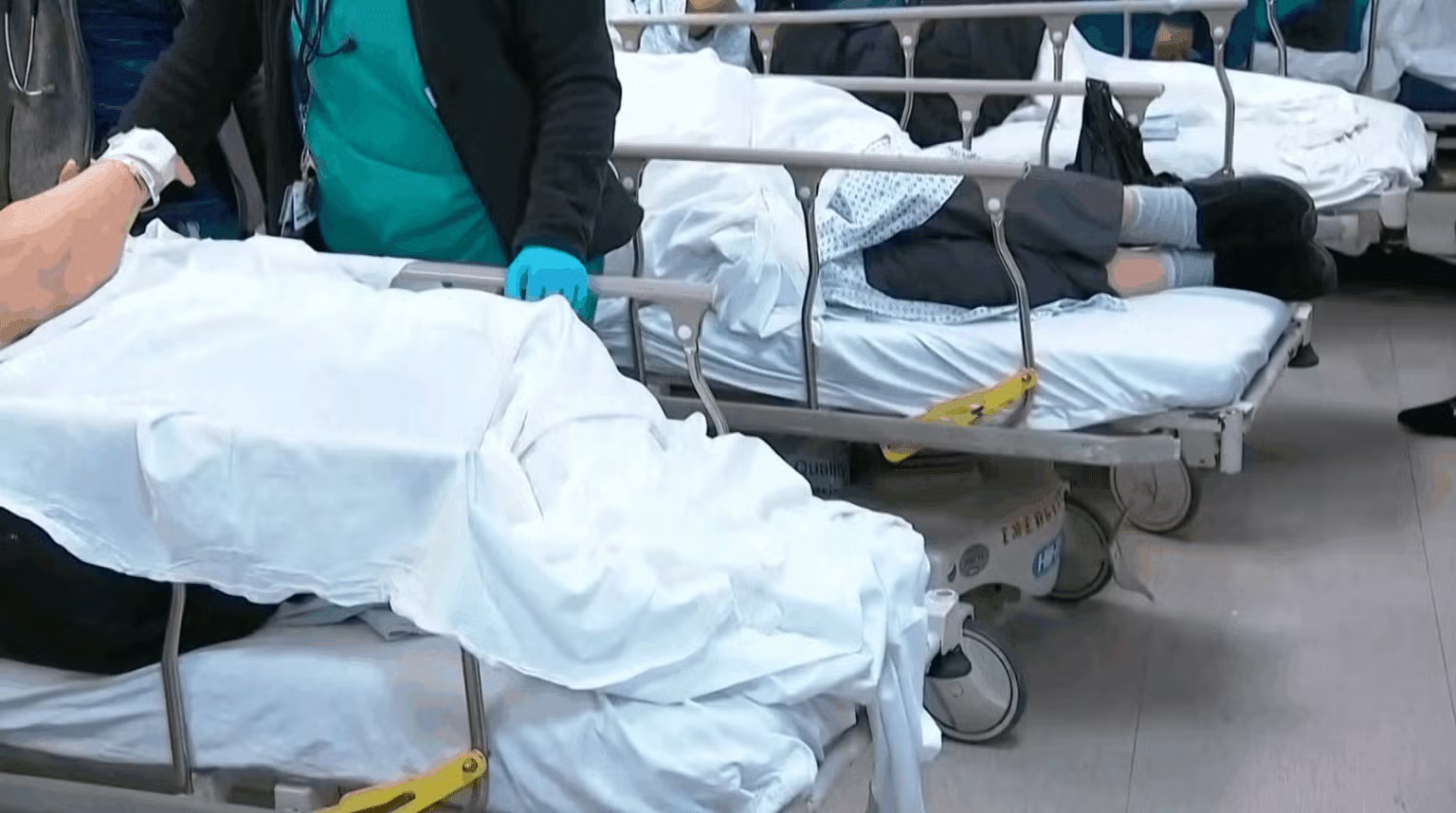

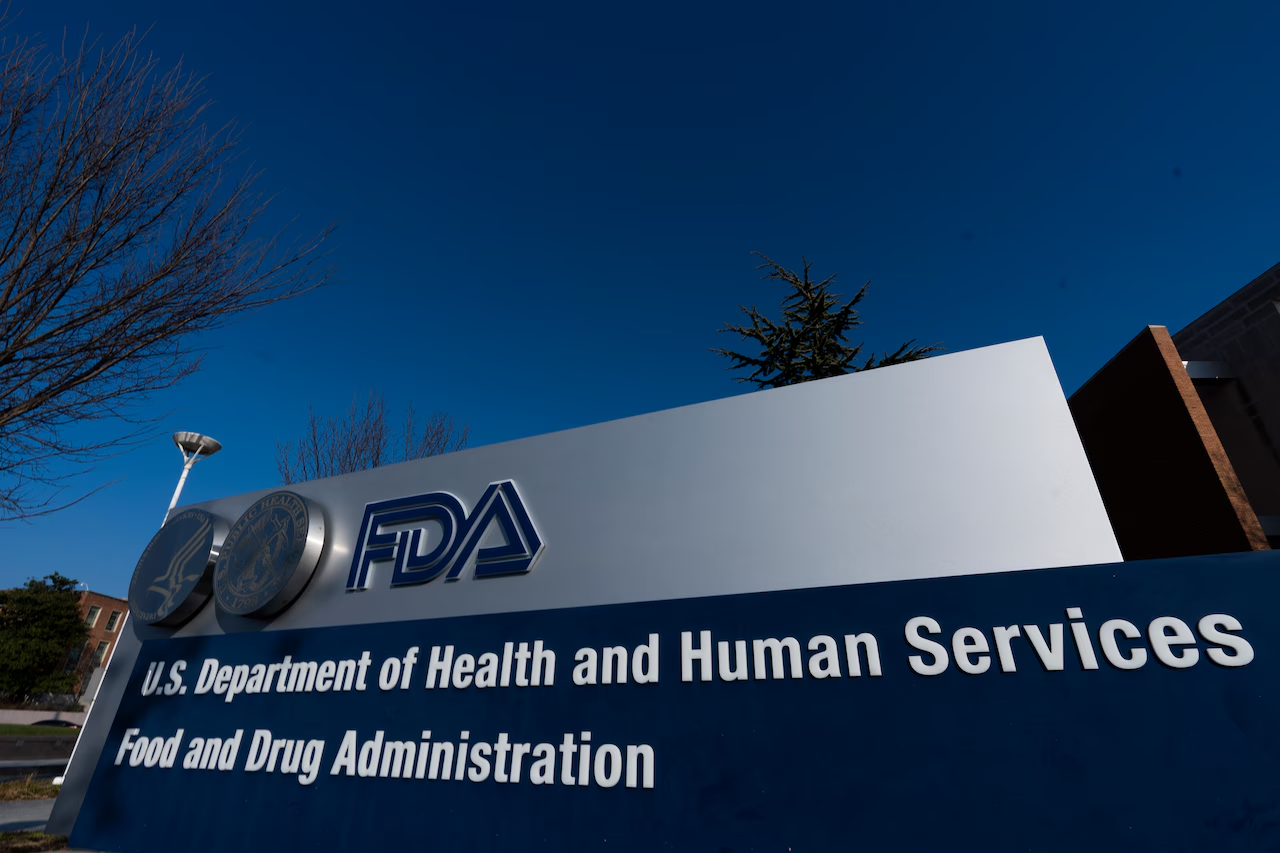
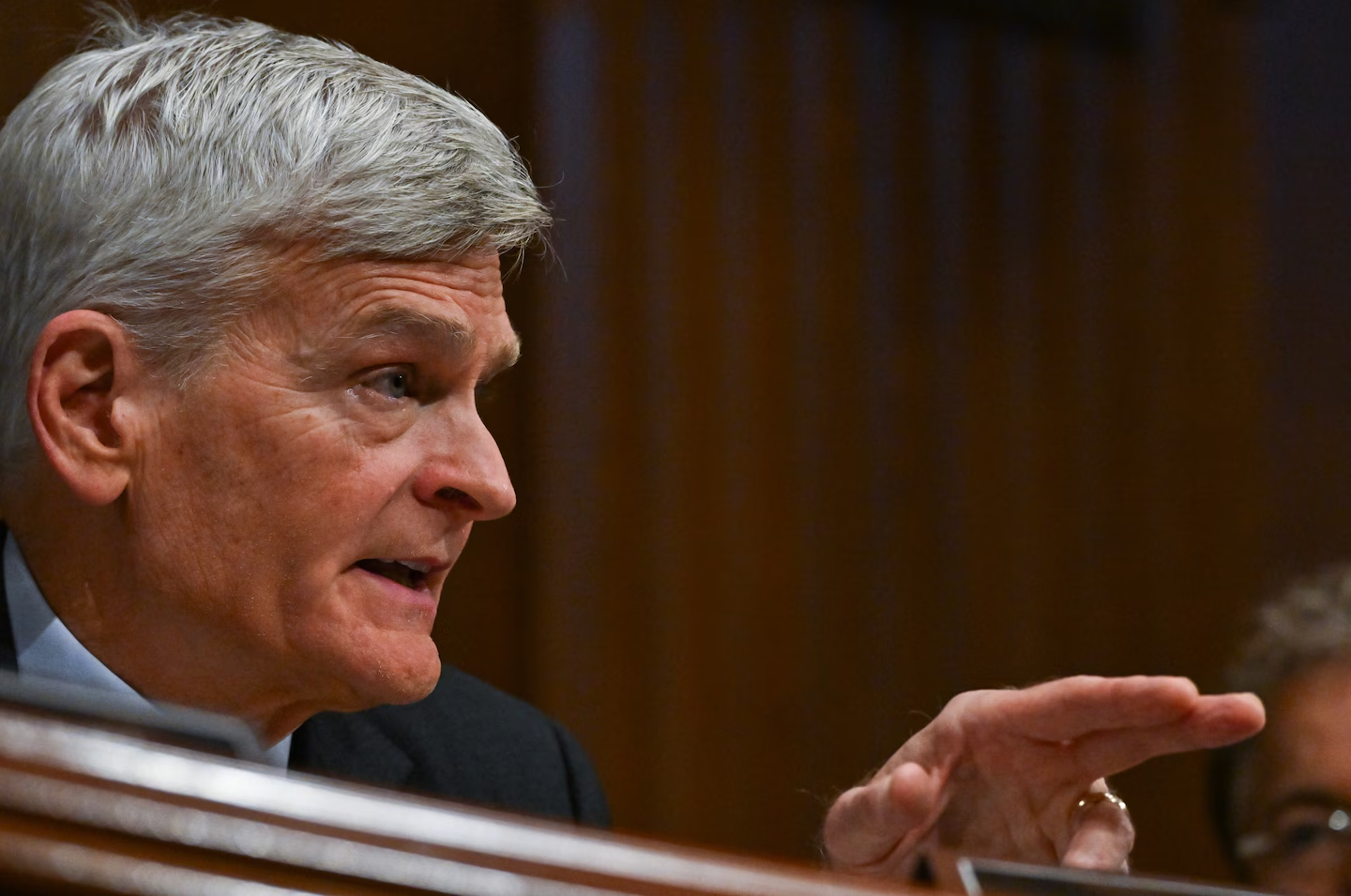
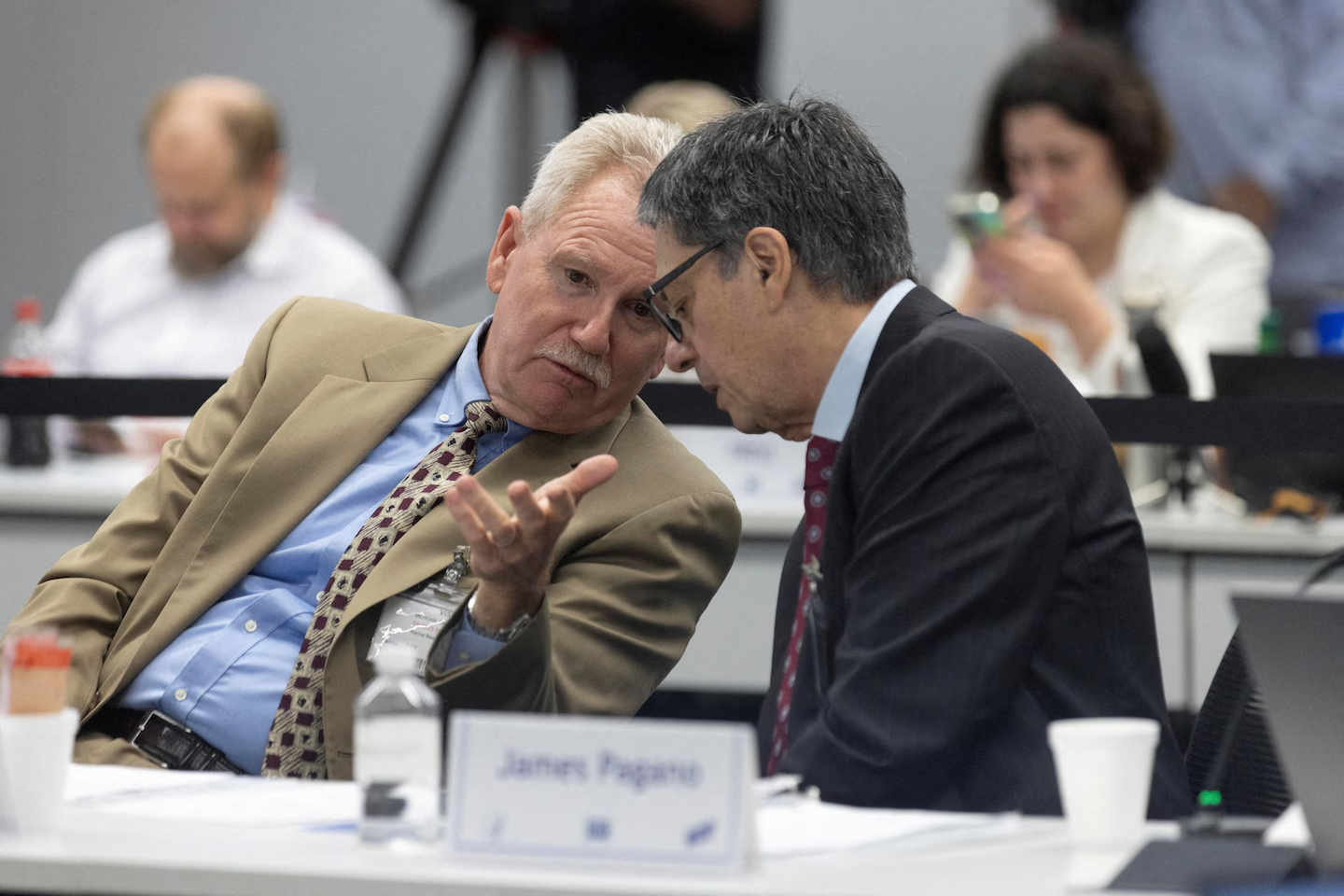
Leave a Reply